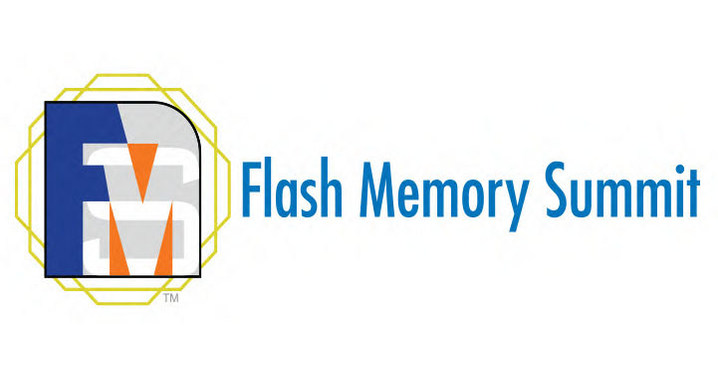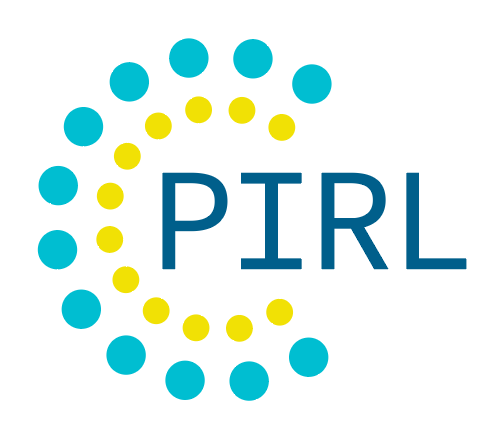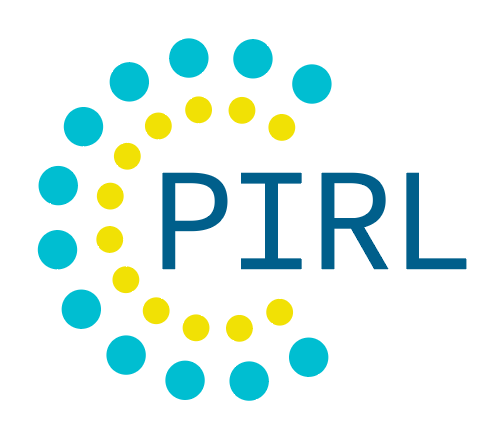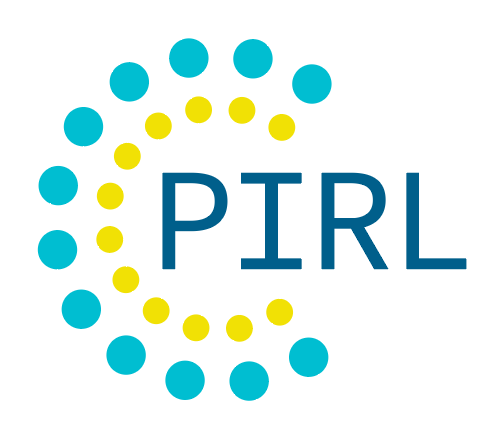 Simona Rabinovici-Cohen
Simona Rabinovici-CohenIBM Research - Haifa[/caption] The SNIA standard for a logical container format called the Self-contained Information Retention Format (SIRF) v1.0 has now been published as an ISO standard thanks to the diligence and hard work of SNIA’s Long Term Retention Technical Work Group (LTR TWG).This new ISO standard (ISO/IEC 23681:2019) enables long-term hard disk, cloud, and tape-based containers a way to effectively and efficiently preserve and secure digital information for many decades, even with the ever-changing technology landscape. The demand for digital data preservation has increased in recent years. Maintaining a large amount of data for long periods of time (months, years, decades, or even forever) becomes even more important given government regulations such as HIPAA, Sarbanes-Oxley, OSHA, and many others that define specific preservation periods for critical records. The SIRF standard addresses the technical challenges of long-term digital information retention & preservation for both physical and logical preservation. It is a storage container of digital preservation objects that provides a catalog with metadata related to the entire contents of the container, individual objects, and their relationships. This standardized metadata help interpret the preservation objects in the future. Key value to the industry:
- Serialization for the cloud is supported using OpenStack Swift object storage as an example, and SIRF serialization for tapes is supported using the LTFS ISO standard
- Serialization for adapted industry technologies is provided in the specification
- Plays a key role in the preservation and retention of critical data, and because it is interpretable by future data preservation systems, it has the benefit of greatly reducing the associated costs of digital preservation













 As more storage traffic traverses the network, the risk of congestion leading to higher-than-expected latencies and lower-than expected throughput has become common. That’s why the SNIA Networking Storage Forum (NSF) hosted a live webcast earlier this month,
As more storage traffic traverses the network, the risk of congestion leading to higher-than-expected latencies and lower-than expected throughput has become common. That’s why the SNIA Networking Storage Forum (NSF) hosted a live webcast earlier this month,  The SNIA Linear Tape File System (LTFS) Technical Work Group (TWG) is excited to announce that the new version of
The SNIA Linear Tape File System (LTFS) Technical Work Group (TWG) is excited to announce that the new version of 





Leave a Reply